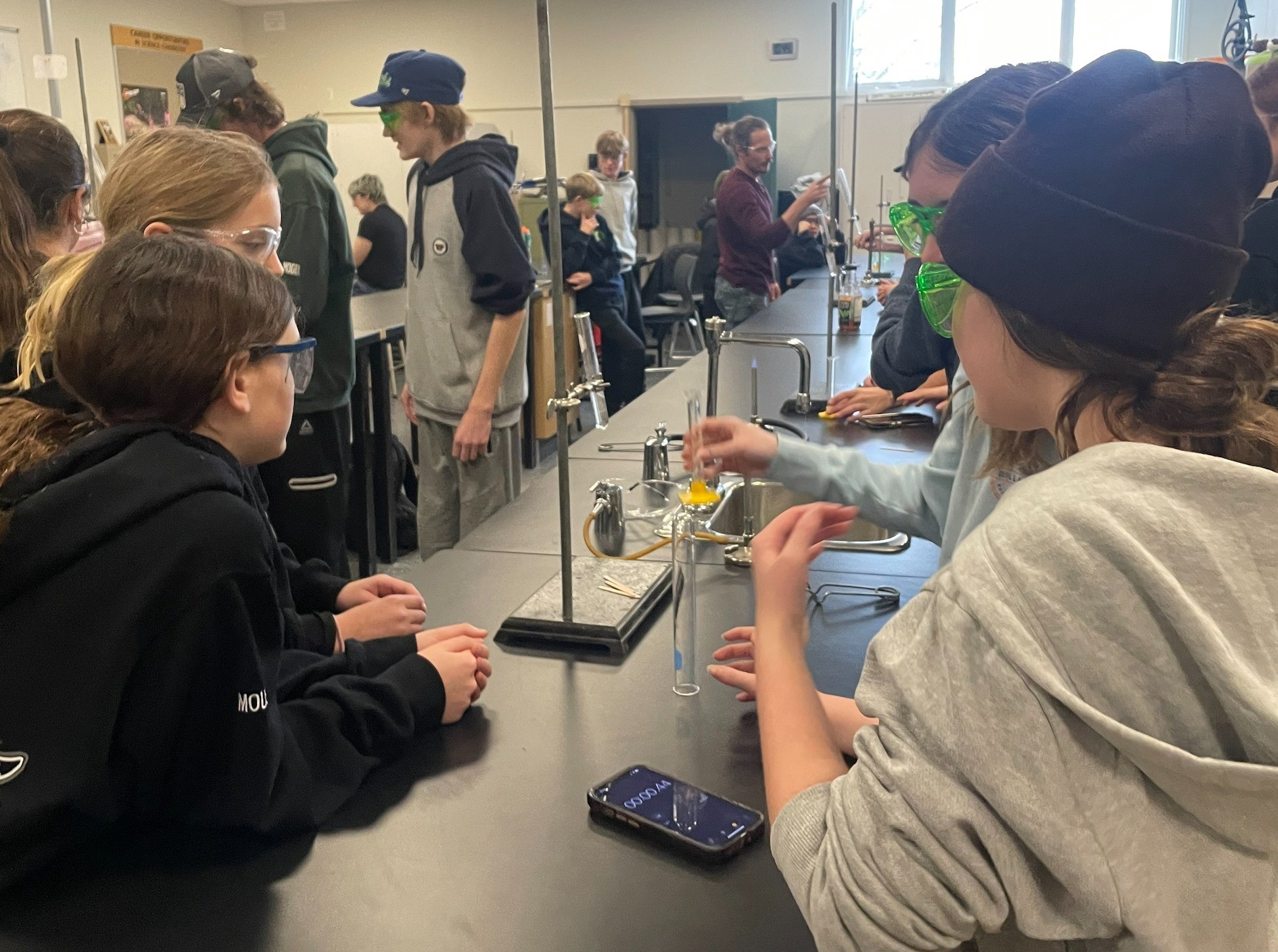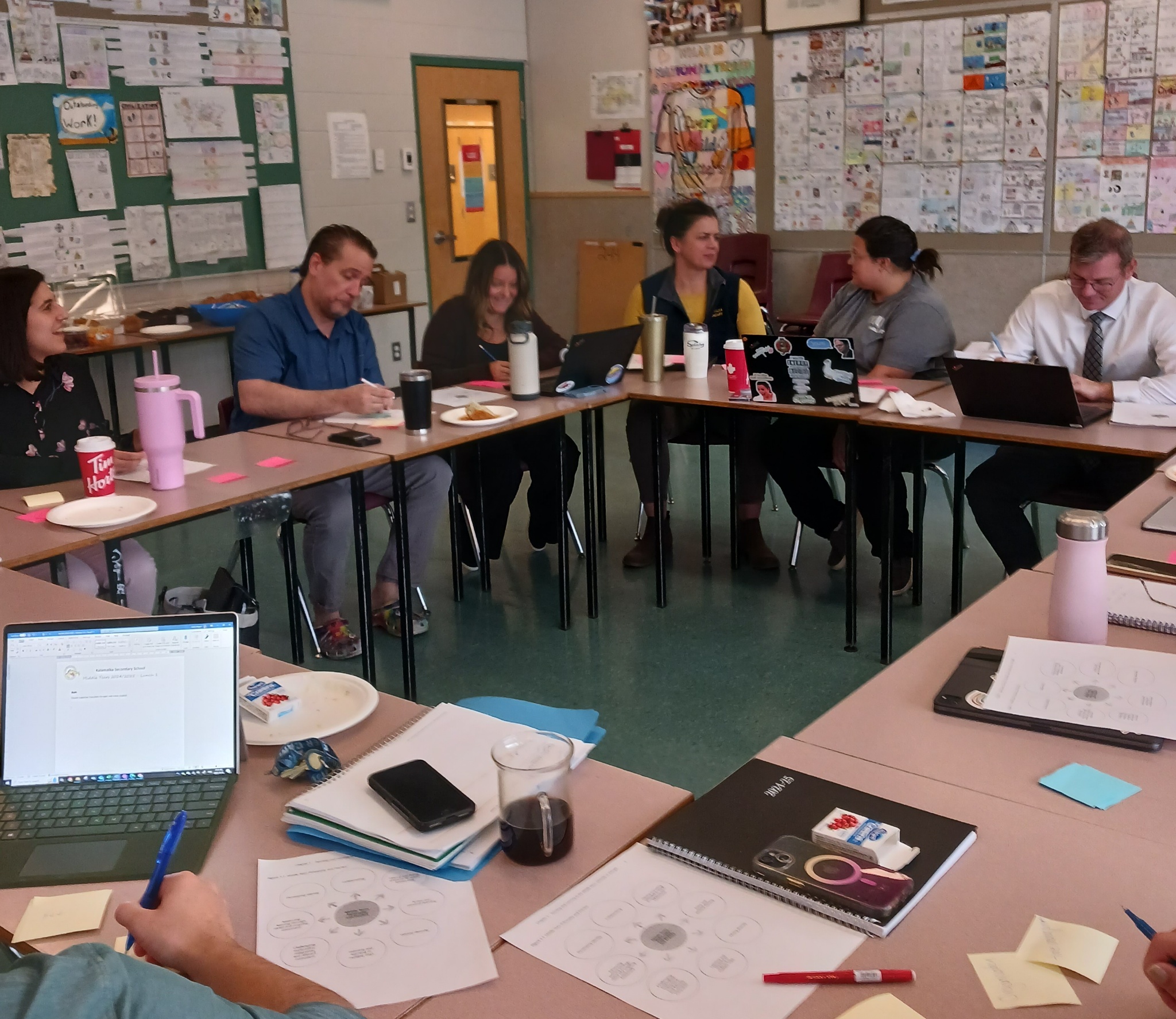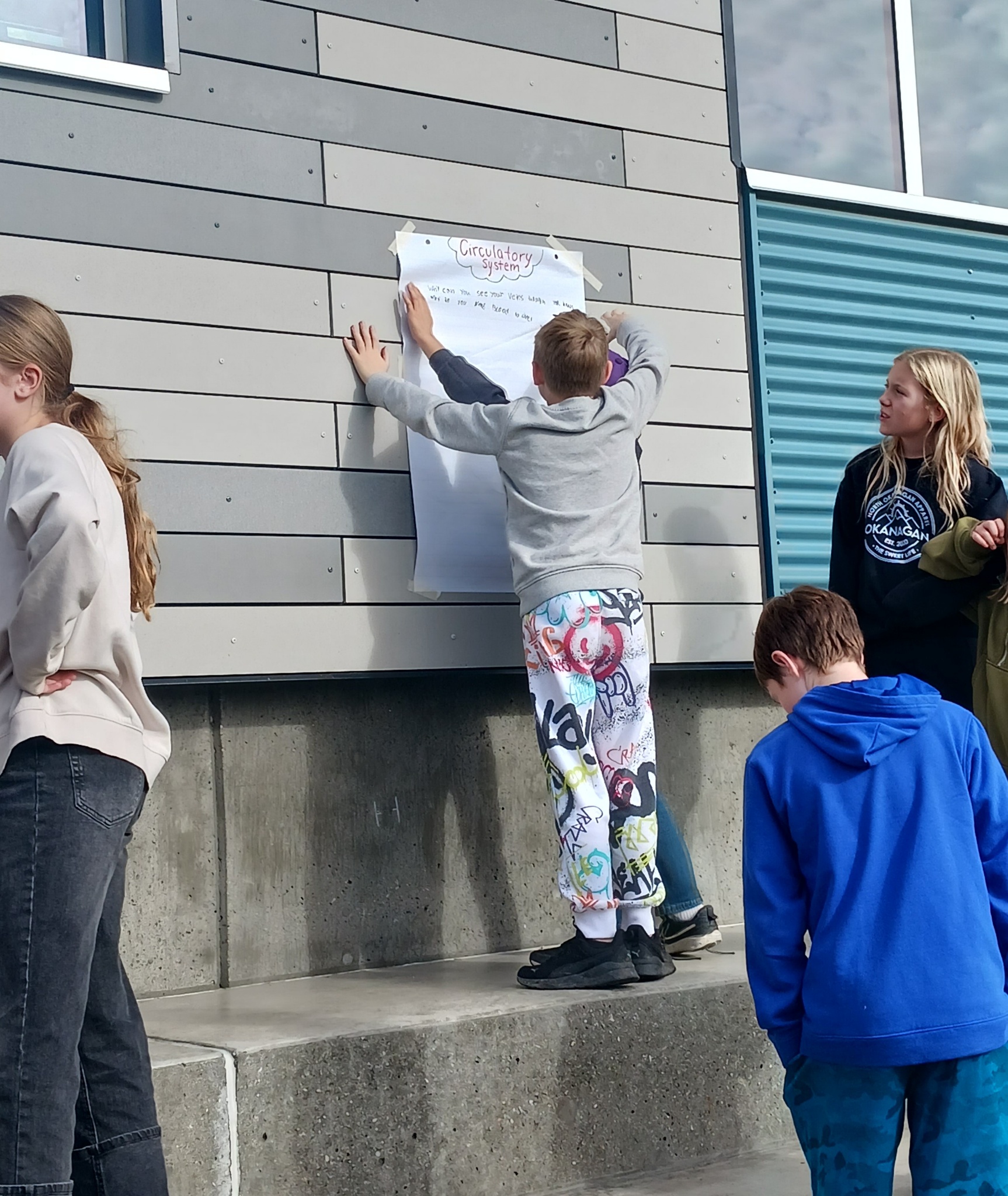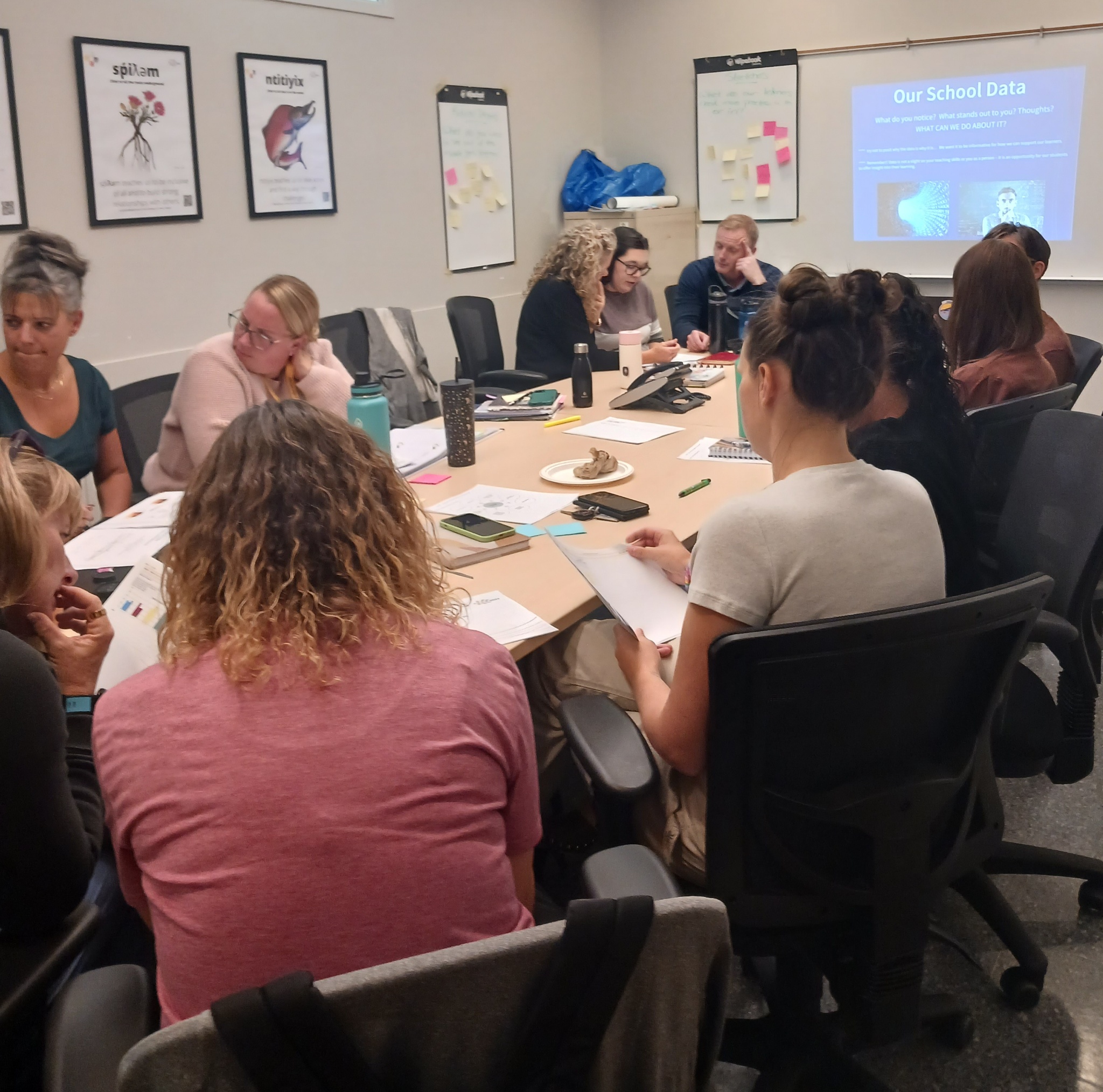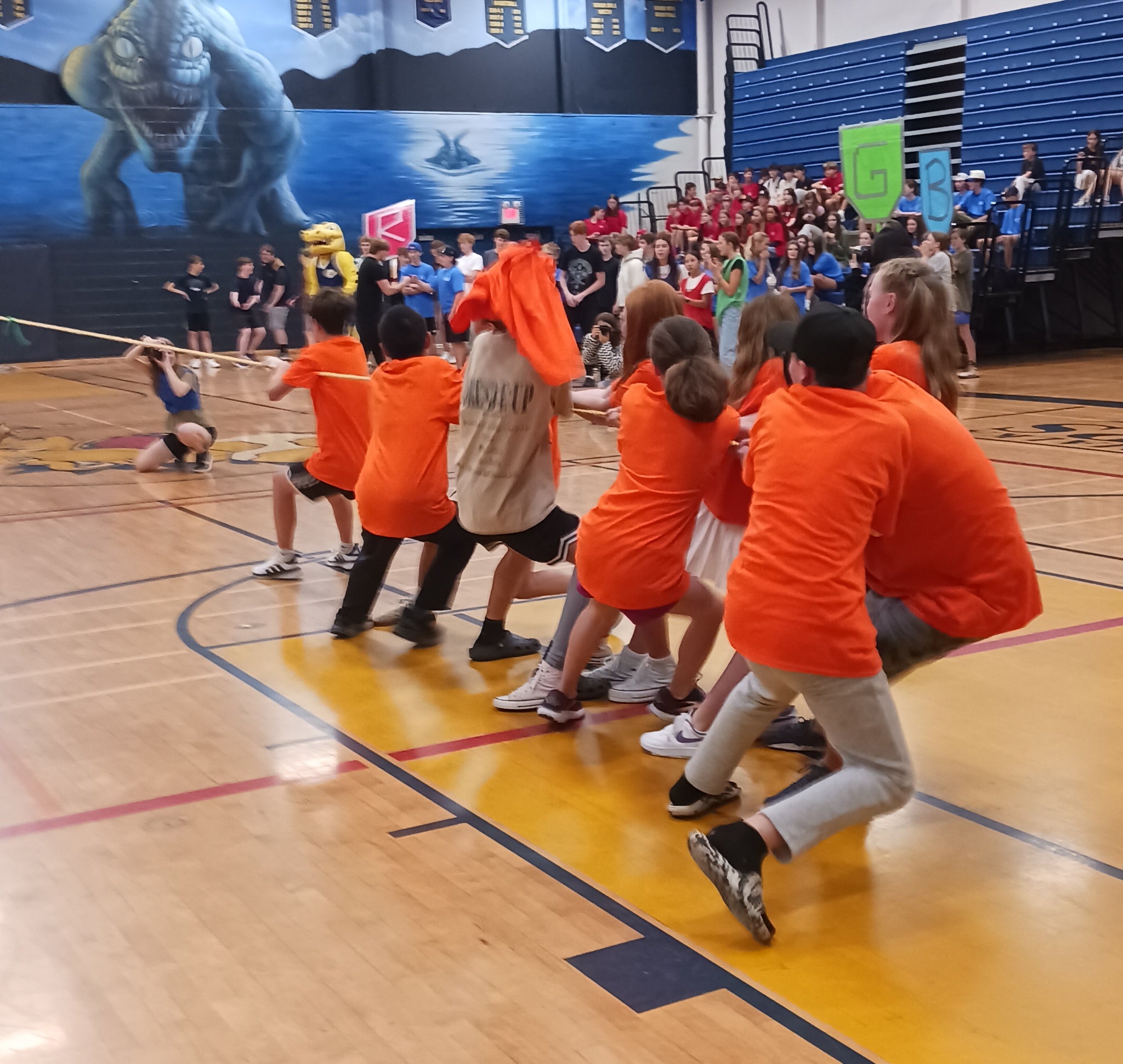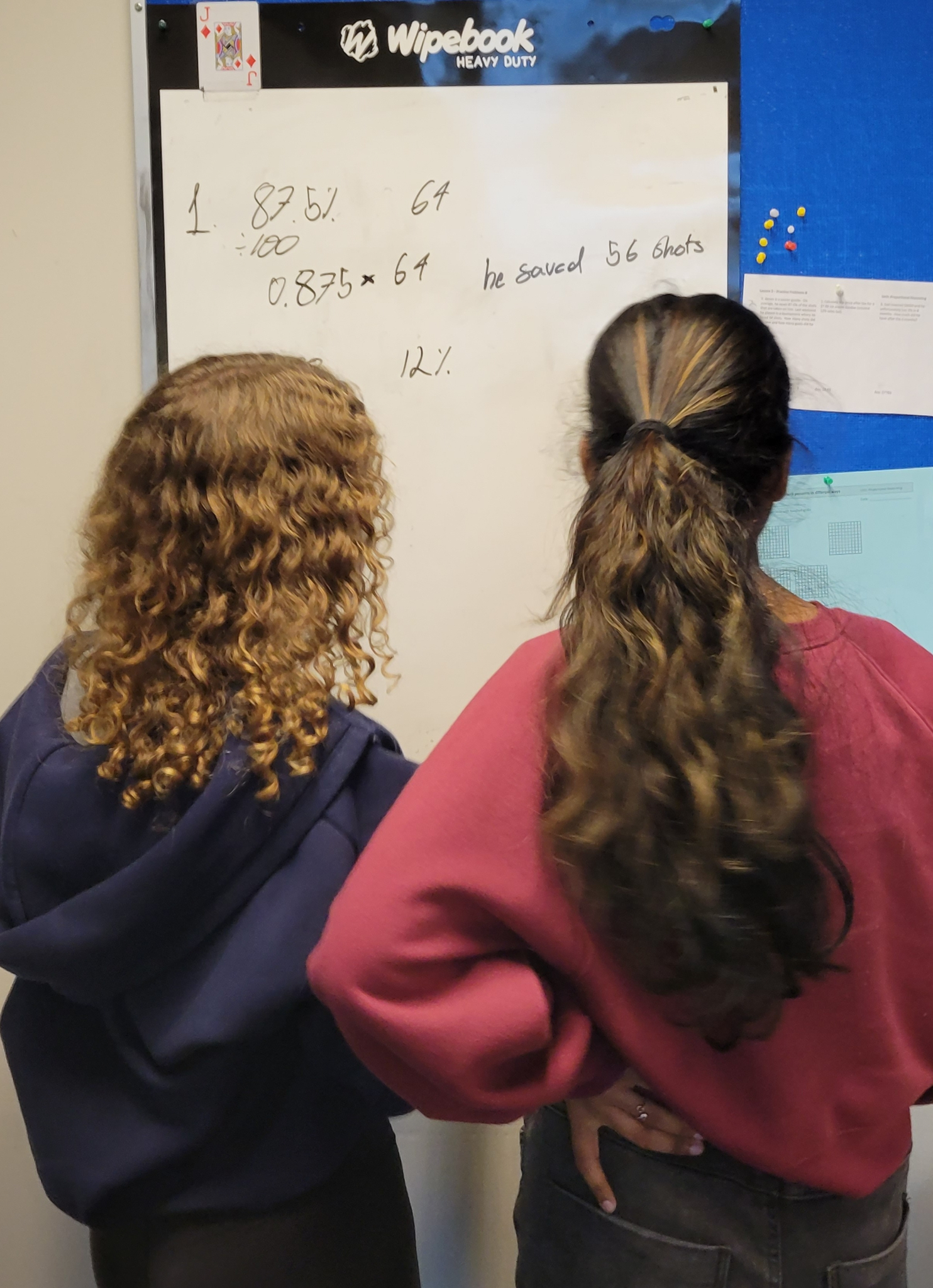
Although the brain stops growing in size by early adolescence, the teen years are all about fine-tuning how the brain works. The brain finishes developing and maturing in the mid-to-late 20s. The part of the brain behind the forehead, called the prefrontal cortex, is one of the last parts to mature. This area is responsible for skills like planning, prioritizing, and making good decisions. Changes to the areas of the brain responsible for social processes can lead teens to focus more on peer relationships and social experiences. The emphasis on peer relationships, along with ongoing prefrontal cortex development, might lead teens to take more risks because the social benefits outweigh the possible consequences of a decision. These risks could be negative or dangerous, or they could be positive, such as talking to a new classmate or joining a new club or sport.
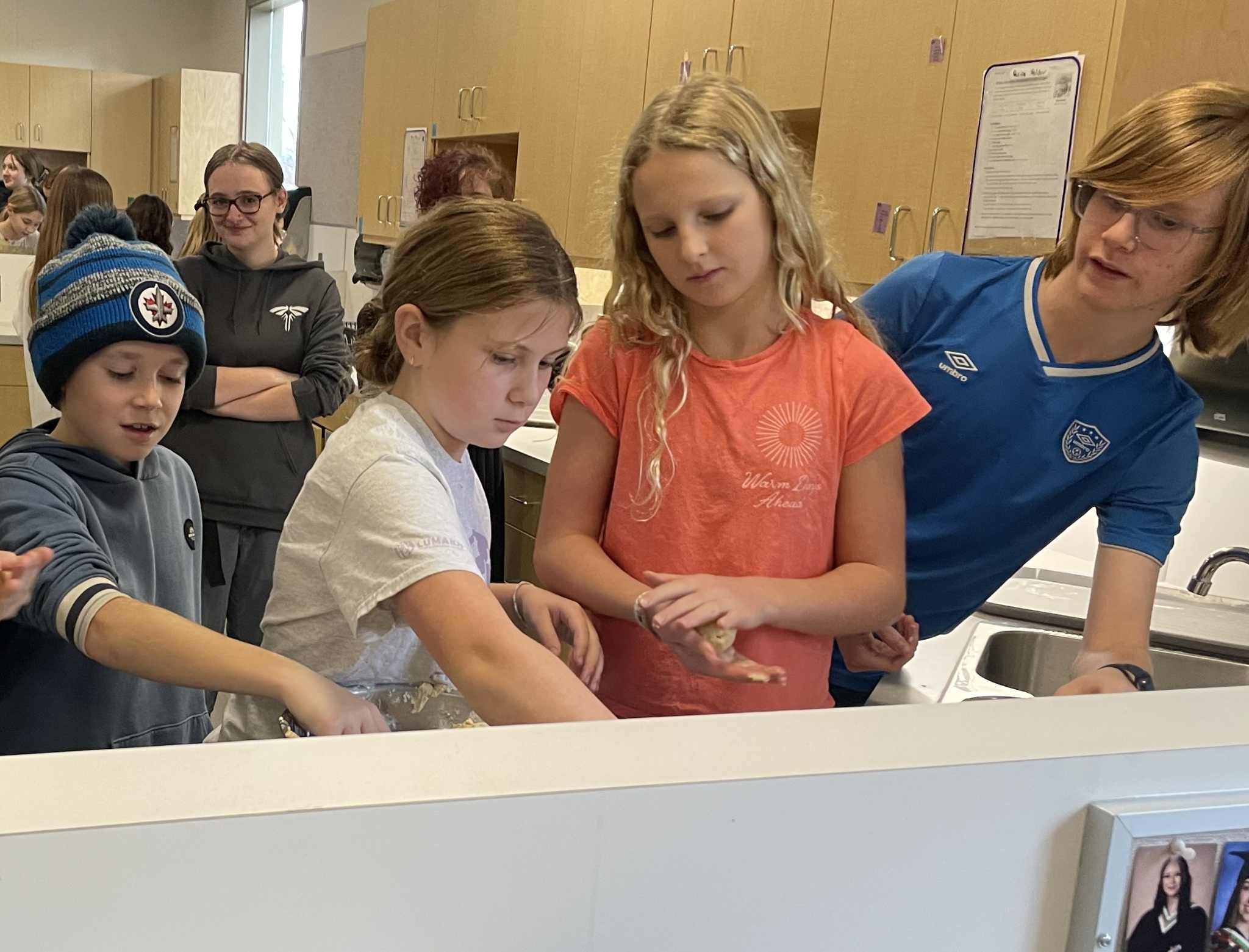
The teen brain has an amazing ability to adapt and respond to new experiences and situations. Taking challenging classes, exercising, and engaging in creative activities like art or music can strengthen brain circuits and help the brain mature. Changes to the areas of the brain responsible for social processes can lead teens to focus more on peer relationships and social experiences. The emphasis on peer relationships, along with ongoing prefrontal cortex development, might lead teens to take more risks because the social benefits outweigh the possible consequences of a decision. These risks could be negative or dangerous, or they could be positive, such as talking to a new classmate or joining a new club or sport. The K-12 Curriculum includes essential learning for students that focuses on key concepts and skills that foster higher order thinking. Our middle years learners have the opportunity to demonstrate core and curricular competencies in various personalized ways where they can advocate for themselves; choose what and how they want to learn; and collaborate, inquire, problem solve and explore. The flexibility of the curriculum offers our middle years learners an opportunity to develop the important personal awareness and social responsibility skills in a safe environment that encourages risk taking.
Transition
Click on the links below to do the Elementary to Secondary Transition Survey as well as see Transition Plan examples and the 2025 Transition Survey results.
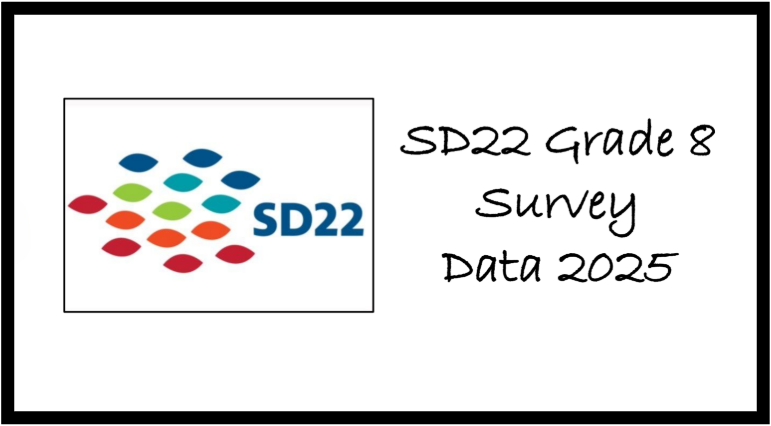 | 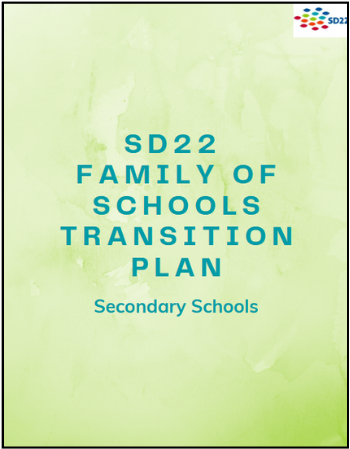 | 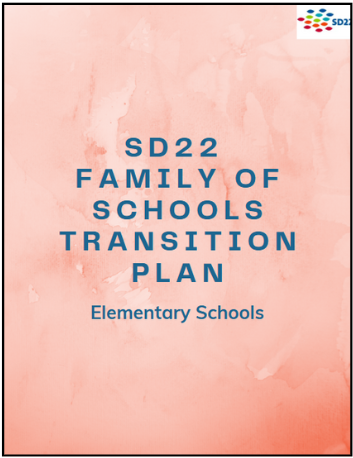 | 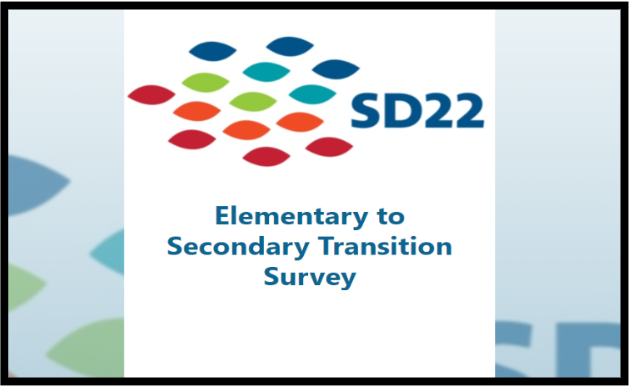 |
|---|

